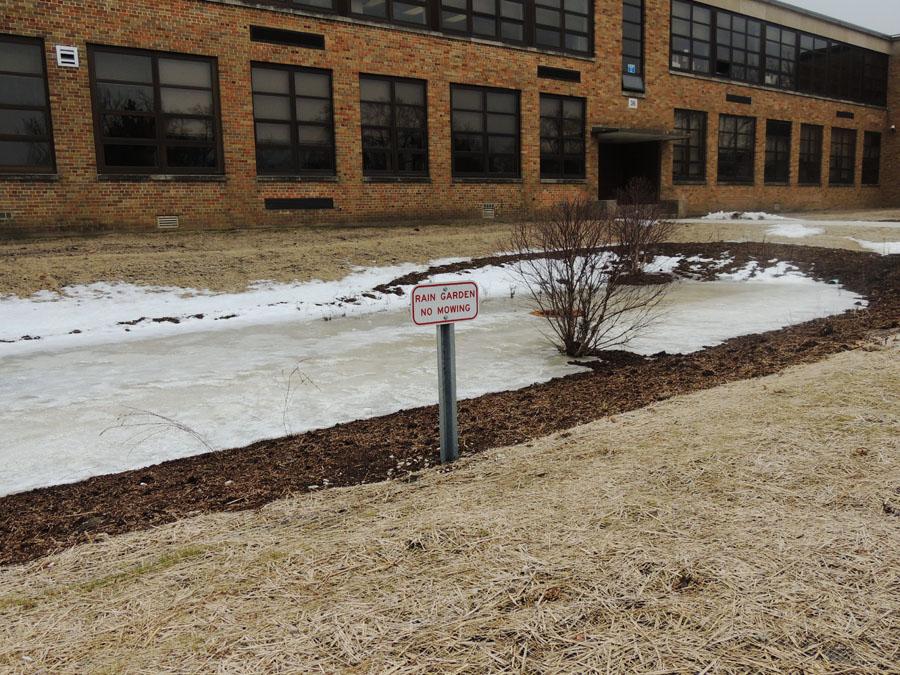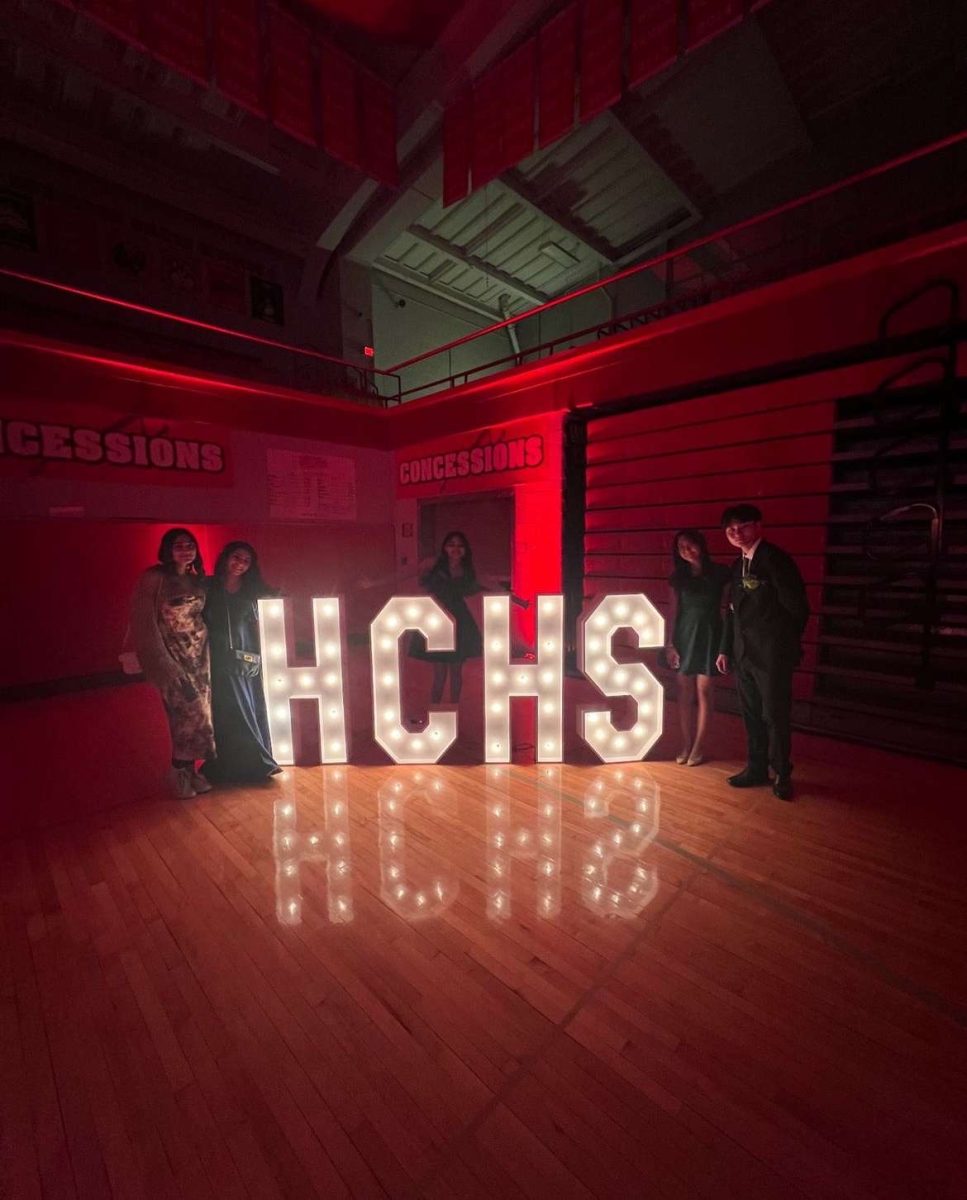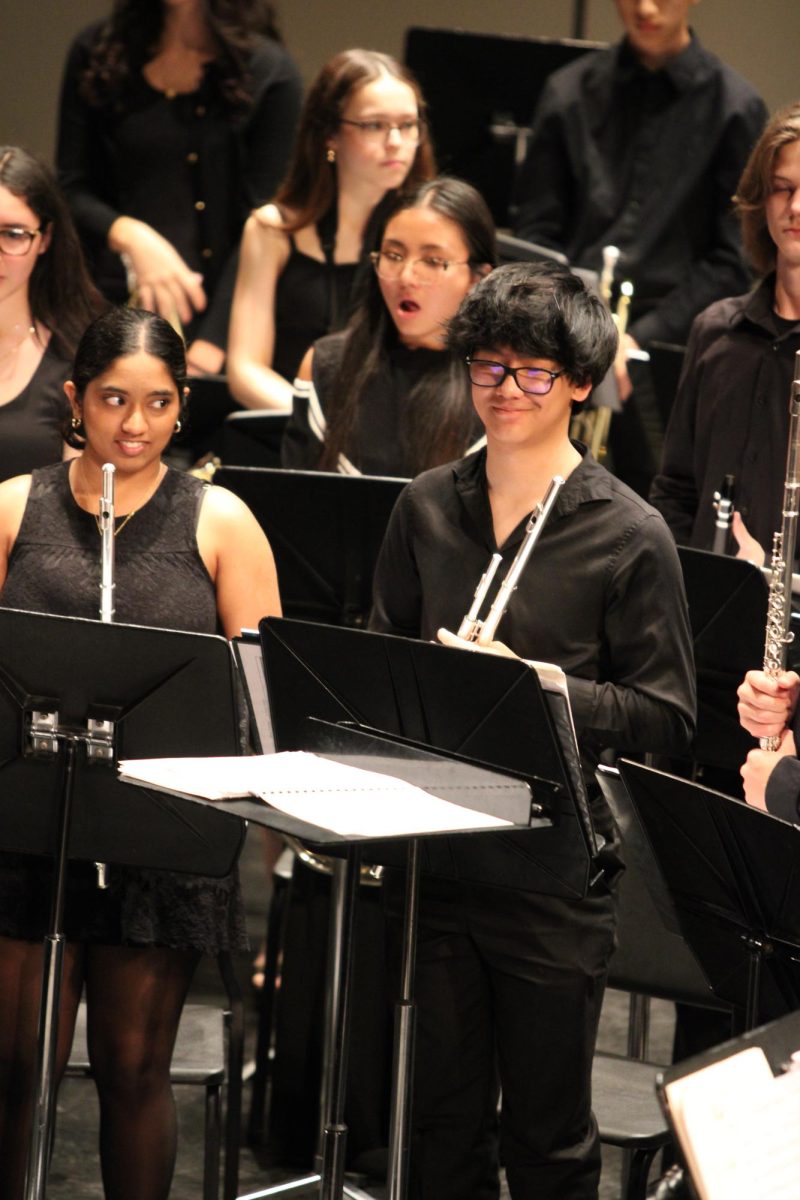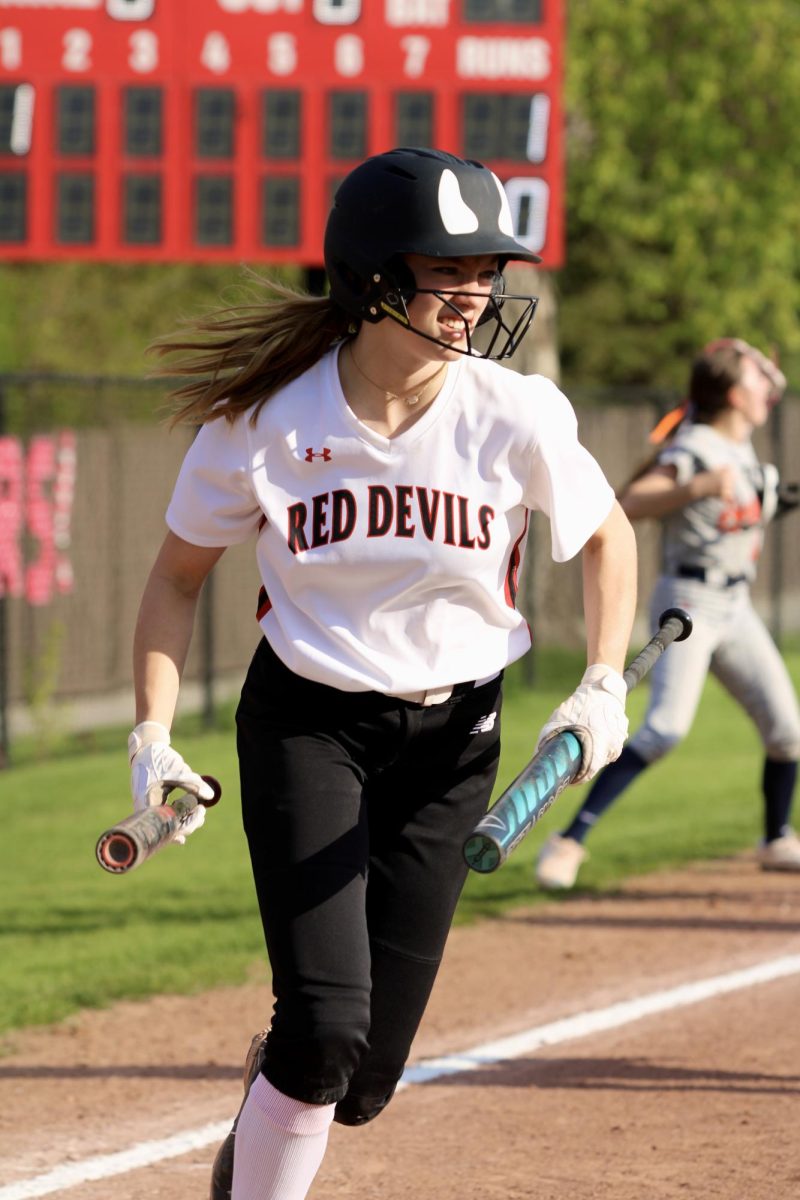As the weather warms and the last of the snow melts, students will begin noticing some changes to the front of the school. Central’s newly installed rain gardens will begin to sprout new greenery. Though rain gardens may seem ecologically beneficial, some believe that they are not that helpful.
The rain gardens were put in as a result of recent construction projects to the school. These projects included major renovations to the science labs, the front entrance, the student publications room in the English Department, air-conditioning throughout the school and a new bus lot.
“We’ve added more pavement. Pavement isn’t like ground that absorbs water. Water runs off the pavement and has to go somewhere. So we had to make accommodations to receive all that ground water or rain water, or when all this snow melts, so it doesn’t overwhelm the sewer system,” said Mr. Pat Hurley, head of the Buildings and Grounds Department.
However, some believe that the rain gardens won’t do enough to reduce excess rainwater and pollutants. Mr. Eric Jensen, AP Environmental teacher, is one of those skeptics.
“There are thousands and thousands of cubic gallons of water that are leaving this property that didn’t before. I doubt their efforts to put in just a couple of these rain gardens here and there are doing all of what maybe they’d hoped,” Jensen said.
Jensen had previously suggested putting in permeable pavers, which are pieces of concrete with gaps of earth in between them.
“Permeable pavers don’t connect, so there’s a little real earth between each of these pavers, which allows for the movement of not only water, but other non-source pollutants that are coming off cars. The ground has a chance to filter out those contaminants, and then move the water along in a purer form,” Jensen said.
According to Hurley, this option was considered, but the aspect of having indigenous plants in a rain garden won out in the end.
“There was a different type of pavement looked at, but the architects felt that ecologically, it would be more aestheticically pleasing to put a rain garden in with these indigenous plants that we have in there,” Hurley said.
Eliot Martin, senior and ecology club, member agrees with Jensen that more can be done to make Central more ecologically friendly.
“The rain gardens seem like a good idea to me, but I think we should be doing more. We come from a very affluent area and I think we have the resources to do a lot more than we have, for example, invest in renewable energy,” Martin said.
The rain gardens will contain a variety of native waterborne plants. These plants will help reduce the amount of runoff storm water and the amount of contaminants that flow into the sewers, and eventually area creeks and rivers.
“The rain gardens contain native vegetation in the drainage path to reduce the runoff flow of the rain water or snow water. It’s then flittered though the soil. This process removes pollutants and suspended solids (dirt) from the runoff,” Hurley said.
In addition to the plants, the rain gardens contain underground storage tanks to divert water away from the sewers.
“Underneath the rain gardens, along 55th Street and along Madison Street, we installed really big tanks that are detention tanks that the water goes into, so it slows it down, so it’s not overwhelming the sewer system as it exits the site,” Hurley said.















